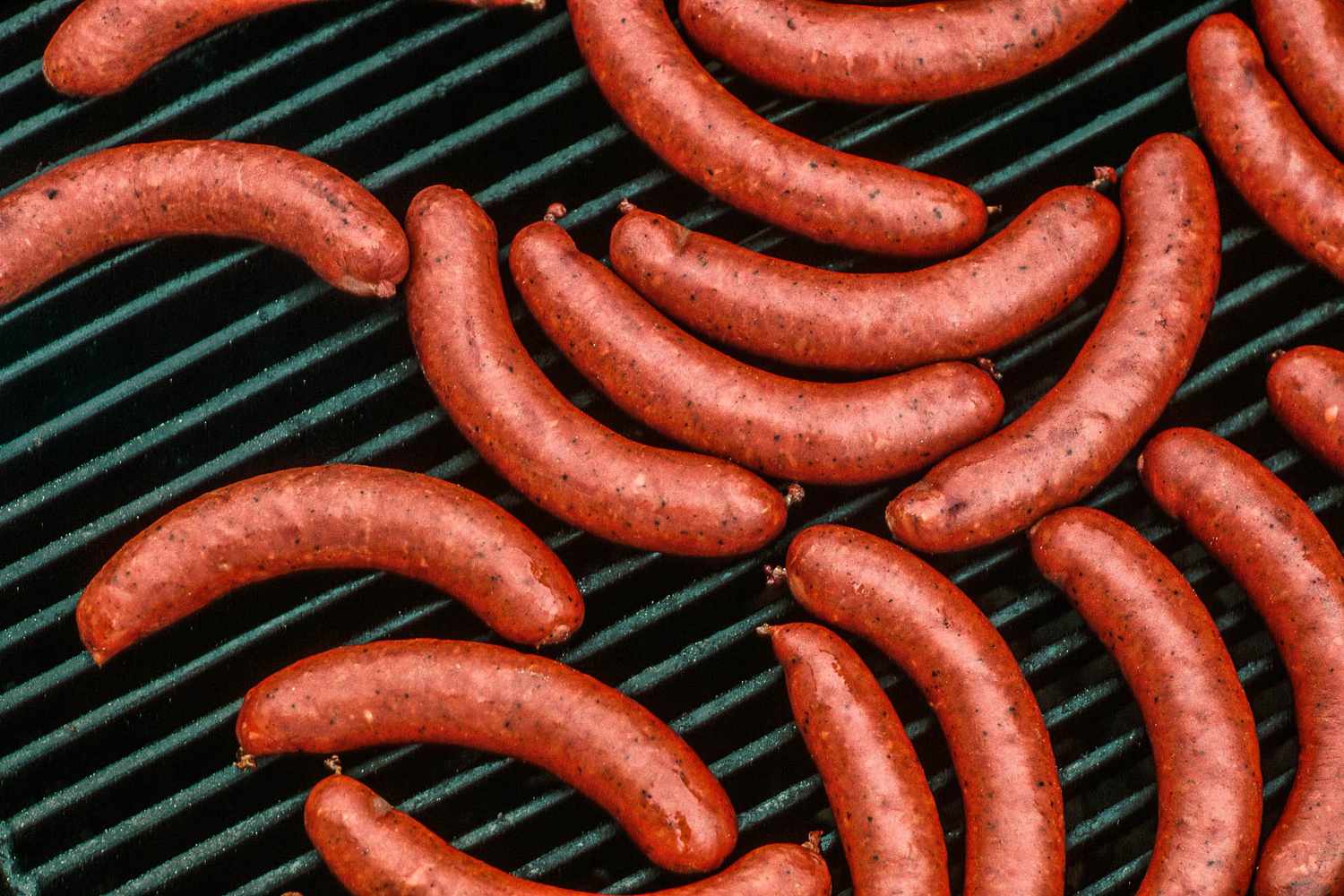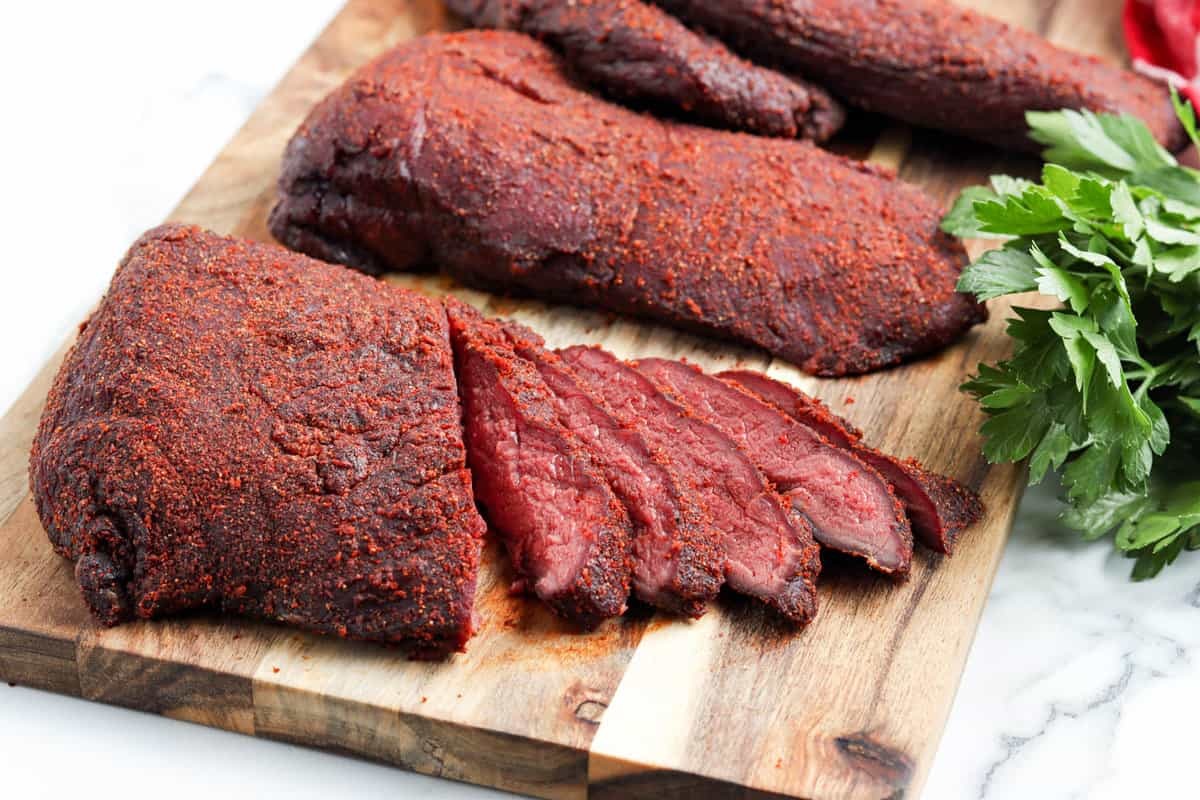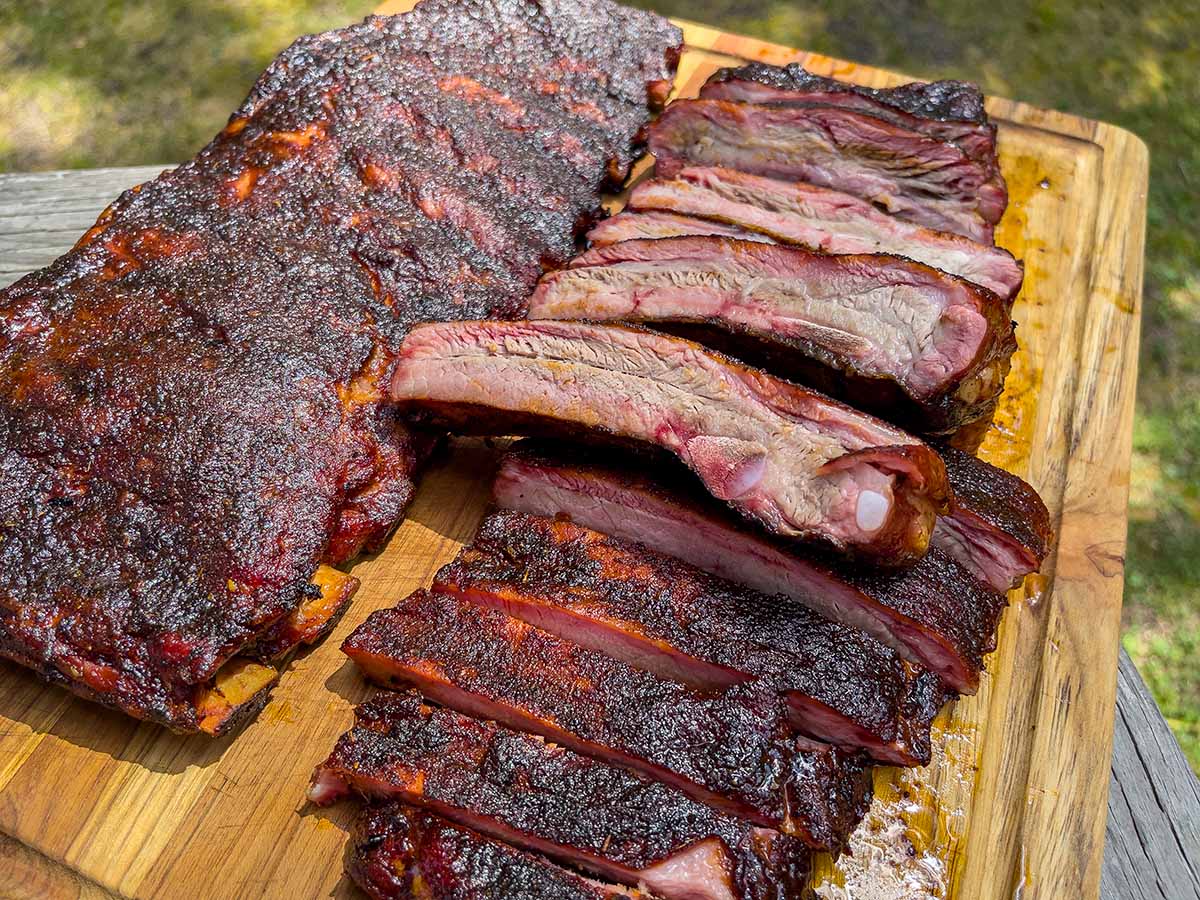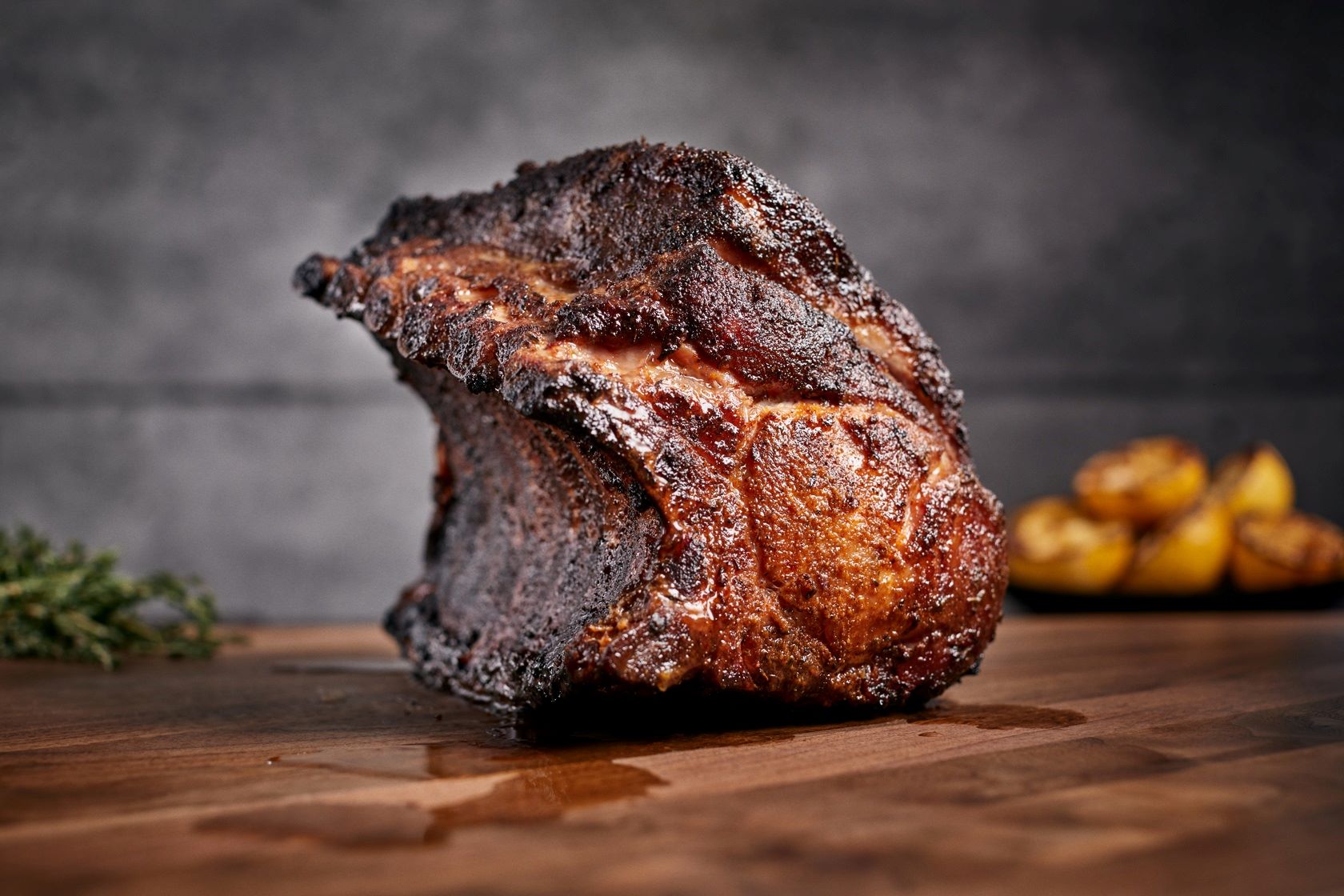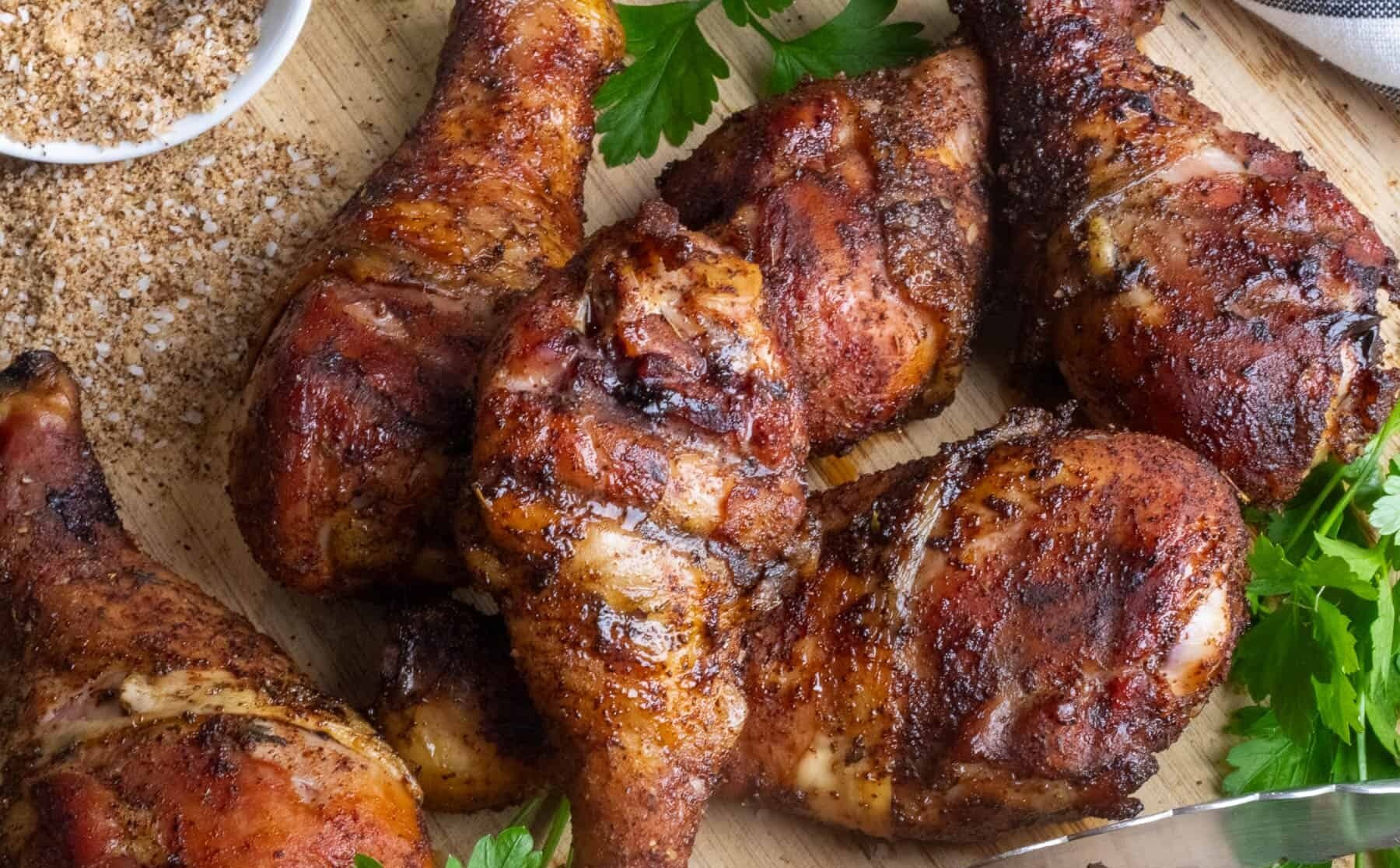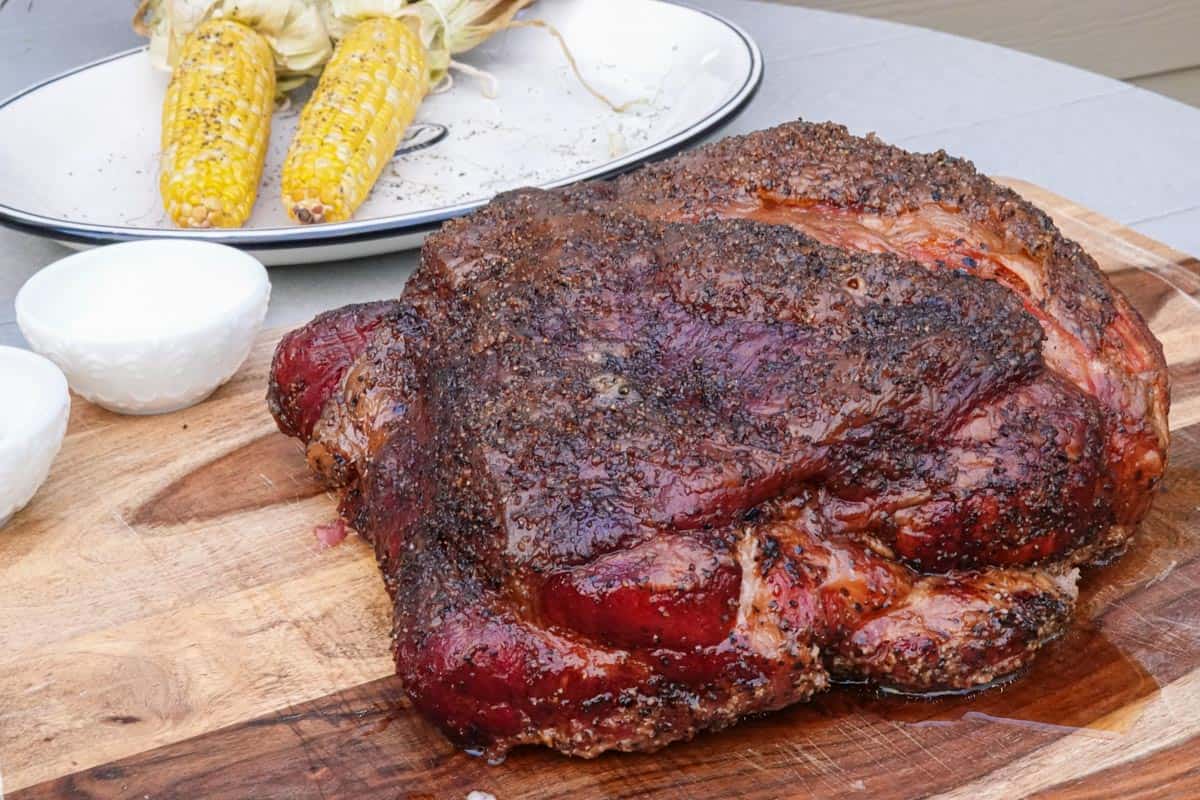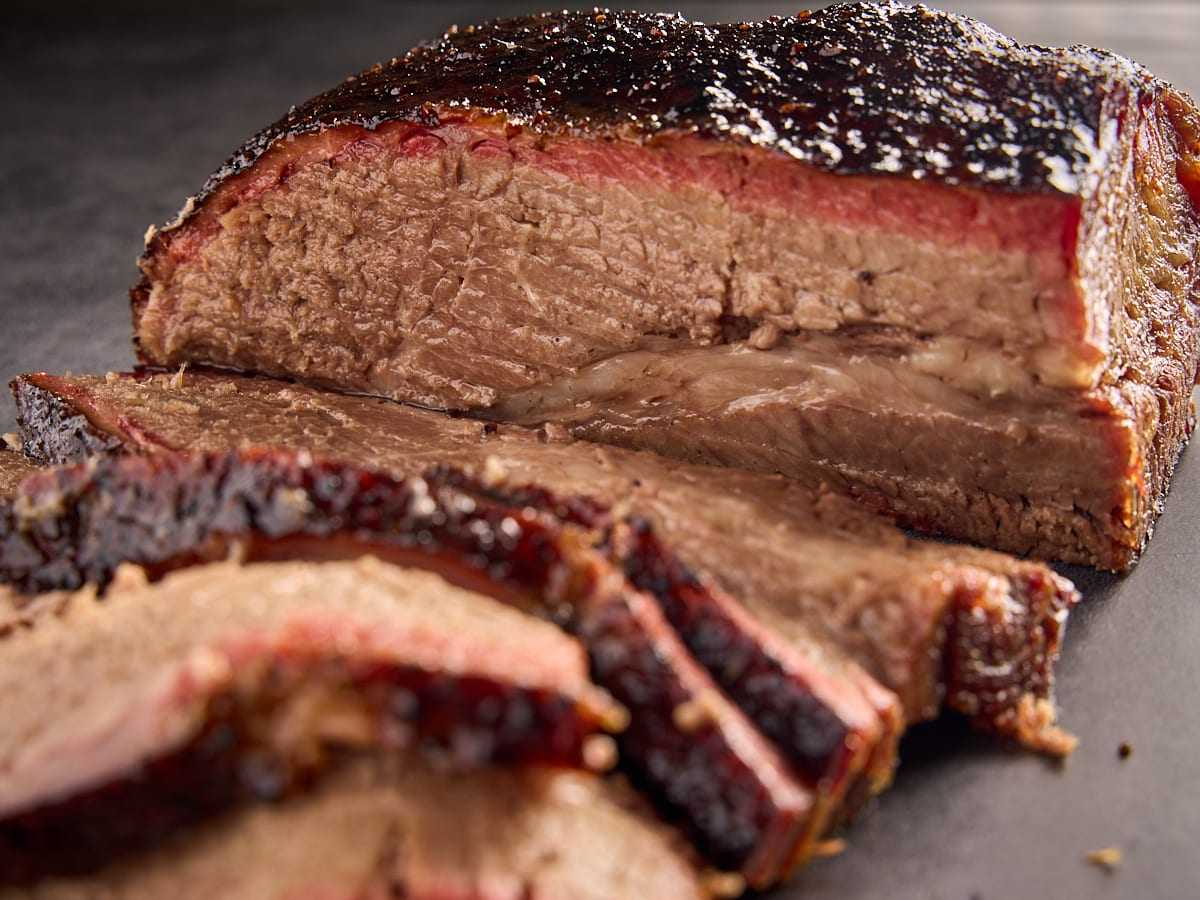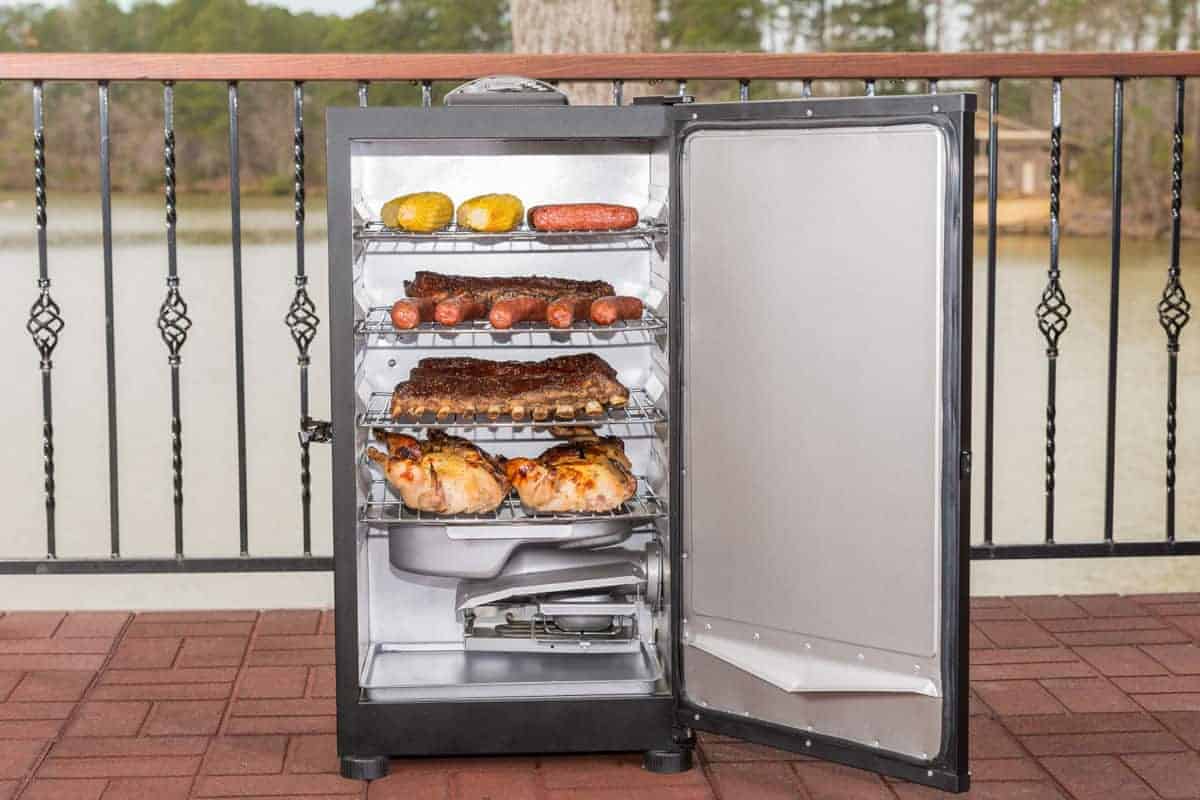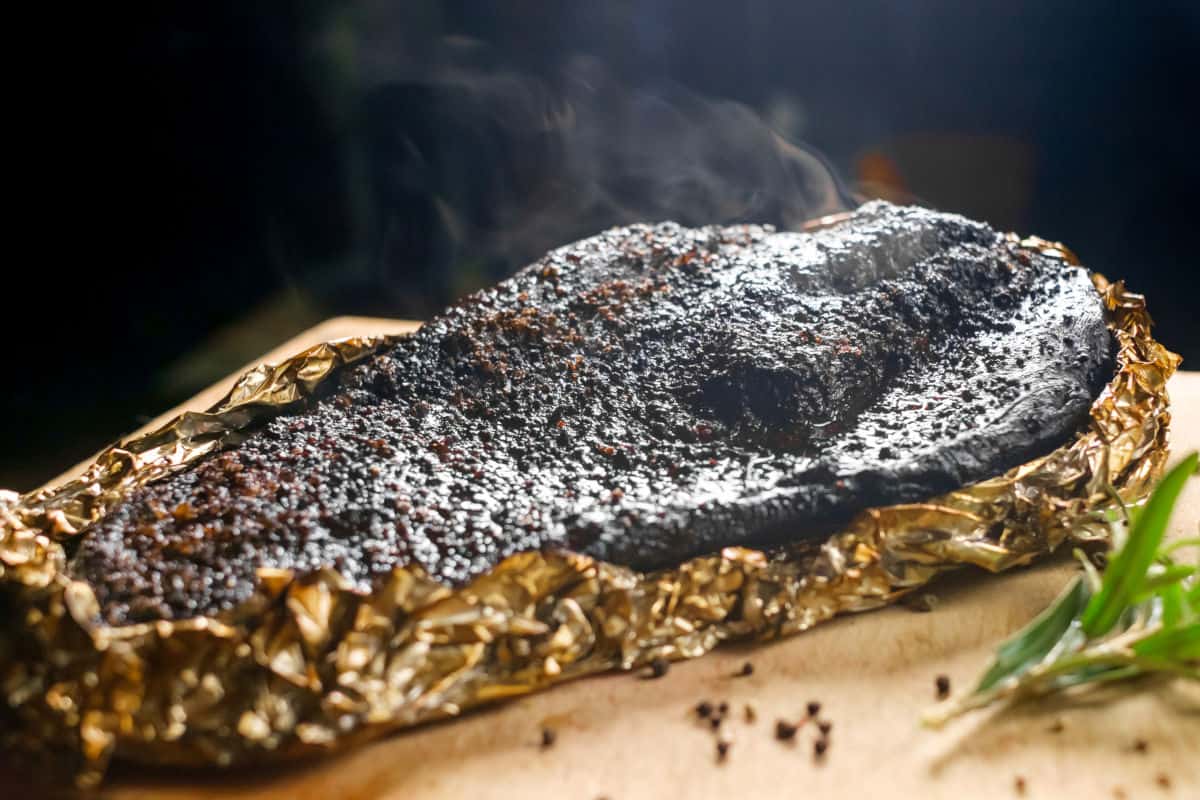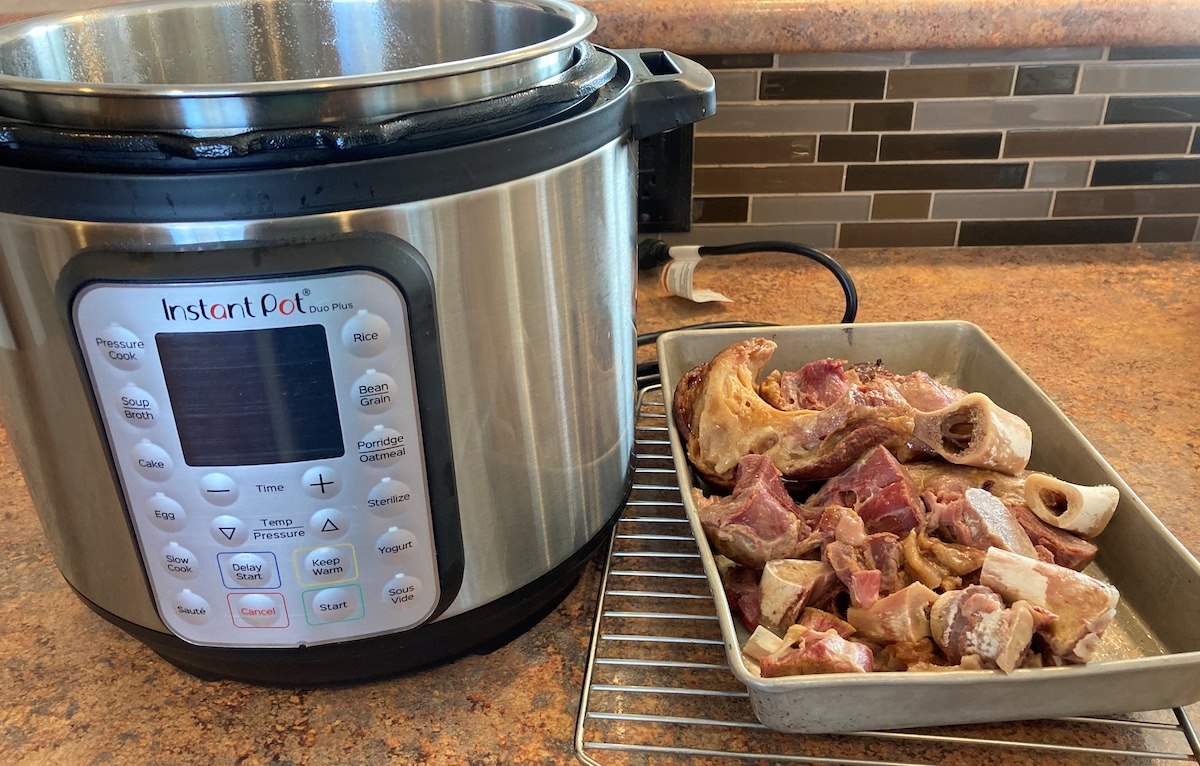Mastering the Art of Smoking on a Regular BBQ
Smoking food on a regular BBQ can be a delicious and rewarding experience. Whether you’re a seasoned pitmaster or a beginner looking to try something new, smoking on a regular BBQ is a great way to infuse your favorite meats with rich, smoky flavor. With the right techniques and a little practice, you can achieve mouthwatering results that will have your friends and family coming back for more.
Choosing the Right Wood
When it comes to smoking on a regular BBQ, the type of wood you use can have a big impact on the flavor of your food. Different woods impart different flavors, so it’s important to choose the right wood for the job. Some popular options include:
- Hickory: Known for its strong, smoky flavor, hickory is a popular choice for smoking pork and beef.
- Apple: Apple wood offers a slightly sweet and fruity flavor that pairs well with poultry and pork.
- Mesquite: This wood has a strong, earthy flavor that works well with beef and game meats.
- Cherry: Cherry wood provides a mild and slightly sweet flavor that complements a variety of meats, including chicken and pork.
Experiment with different types of wood to find the flavor profiles that you enjoy the most.
Preparing Your BBQ
Before you start smoking, it’s important to prepare your regular BBQ for the task at hand. Here are a few key steps to follow:
- Clean the grill grates to ensure that your food doesn’t pick up any off flavors from previous cookouts.
- Soak your wood chips or chunks in water for at least 30 minutes before adding them to the coals. This will help them smolder and produce smoke, rather than catching fire and burning up too quickly.
- Set up your BBQ for in-direct cooking by placing the coals on one side of the grill and the food on the other. This will allow the smoke to circulate around the meat, infusing it with flavor.
Mastering the Smoking Process
Now that your regular BBQ is prepped and ready to go, it’s time to start smoking. Here are a few tips to help you achieve the best results:
- Monitor the temperature of your BBQ to ensure that it stays within the ideal range for smoking. This is typically between 225°F and 275°F.
- Add your soaked wood chips or chunks to the coals to start producing smoke.
- Place your meat on the grill and close the lid to trap the smoke inside.
- Monitor the smoke levels and add more wood chips or chunks as needed to maintain a steady stream of smoke.
Depending on the type of meat you’re smoking, the process can take several hours. Be patient and resist the urge to peek too often, as this can cause fluctuations in temperature and disrupt the smoking process.
Knowing When Your Meat Is Done
Smoking on a regular BBQ is a slow and steady process, but how do you know when your meat is ready to come off the grill? Here are a few signs to look for:
- Use a meat thermometer to check the internal temperature of the meat. Different types of meat have different ideal temperatures for doneness, so be sure to reference a cooking chart for guidance.
- Look for a nice, rich color on the exterior of the meat. This is a sign that it has absorbed plenty of smoke and developed a flavorful crust.
- Pay attention to the texture of the meat. It should be tender and juicy, indicating that it has been properly smoked.
With a little practice and the right techniques, you can become a master of smoking on a regular BBQ. Experiment with different woods and flavors, and don’t be afraid to get creative with your recipes. Before long, you’ll be turning out mouthwatering smoked dishes that will impress even the most discerning BBQ enthusiasts.
